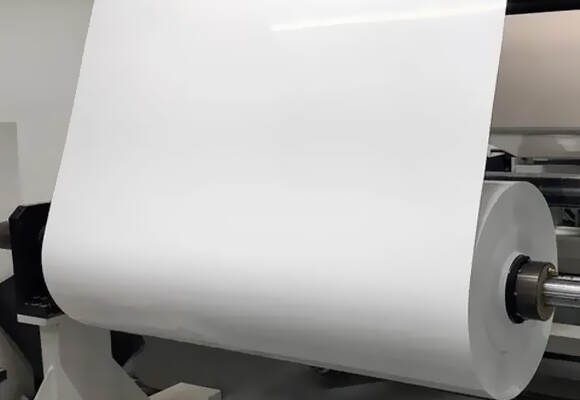Email cannot be empty
Password cannot be empty
Email format error
Email cannot be empty
Email already exists
6-20 characters(letters plus numbers only)
The password is inconsistent
Email format error
Email cannot be empty
Email does not exist
6-20 characters(letters plus numbers only)
The password is inconsistent


HP Indigo Label Printing for Short Runs: Is It the Right Choice?
If you're looking for high-quality label printing for small batches, HP Indigo might be a great option. But is it the best fit for short runs? In this blog, we’ll explore the benefits, costs, and ideal use cases for HP Indigo label printing—helping you decide if it’s the right solution for your needs.
What is HP Indigo Label Printing?
HP Indigo is a digital printing technology that uses electroInk (a liquid toner) to produce vibrant, high-resolution labels. Unlike traditional flexographic printing, HP Indigo doesn’t require printing plates, making it ideal for short to medium runs with variable data.
Key Features of HP Indigo Label Printing:
✔ High-quality output (near-offset print quality).
✔ Flexible customization (variable data, unique barcodes, sequential numbering).
✔ Wide color range (PANTONE® matching, specialty inks, and finishes).
✔ No plate costs (economical for short runs).
Is HP Indigo Good for Short Runs?
Pros for Short Runs:
-
No Minimum Order Quantity (MOQ)
-
Unlike flexo printing (which requires expensive plates), HP Indigo allows cost-effective printing even for 50–1,000 labels.
-
-
Fast Turnaround
-
No setup delays—great for rush orders or last-minute label changes.
-
-
Variable Data Printing
-
Perfect for customized labels (e.g., unique QR codes, batch numbers, personalized packaging).
-
-
High Print Quality
-
Sharp text, vibrant colors, and smooth gradients—ideal for premium product labels.
-
-
Material Versatility
-
Works with paper, film, metallic, and synthetic label stocks.
-
Potential Drawbacks:
-
Higher Per-Unit Cost Than Flexo for Large Runs
-
While HP Indigo is cost-effective for short runs, traditional methods (like flexo) become cheaper at scale (5,000+ labels).
-
-
Not Ideal for All Label Types
-
Some specialty coatings or ultra-durable labels may require alternative methods.
-
When Should You Use HP Indigo for Short-Run Labels?
Best Use Cases:
✔ Small-batch product labels (craft beverages, cosmetics, artisanal foods).
✔ Limited-edition or seasonal packaging.
✔ Prototypes & mockups (before committing to large flexo orders).
✔ Variable data labels (serialized barcodes, unique promotions).
Alternatives for Short Runs:
-
Inkjet label printers (cheaper but lower quality).
-
Laser label printing (good for office use, limited materials).
-
Digital toner-based presses (like Xeikon) for mid-range quantities.
Cost Comparison: HP Indigo vs. Other Methods
| Printing Method | Best For | Setup Cost | Per-Unit Cost | Turnaround Time |
|---|---|---|---|---|
| HP Indigo | Short runs, variable data | Low (no plates) | Medium | Fast (1–3 days) |
| Flexographic | Large runs (5,000+) | High (plate costs) | Low (at scale) | Slower (weeks) |
| Inkjet | Ultra-short runs (1–100) | None | High | Instant |
| Laser | Office/desktop labels | None | Medium | Fast |
Verdict: If you need high-quality, customized labels in small quantities, HP Indigo is an excellent choice.
Is HP Indigo Right for You?
If you’re printing short runs of premium labels with variable data or special finishes, HP Indigo is a top-tier option. However, if you need ultra-low-cost labels in bulk, traditional flexo might be better.
Need help deciding? Let us know your label requirements—we’d be happy to guide you!

